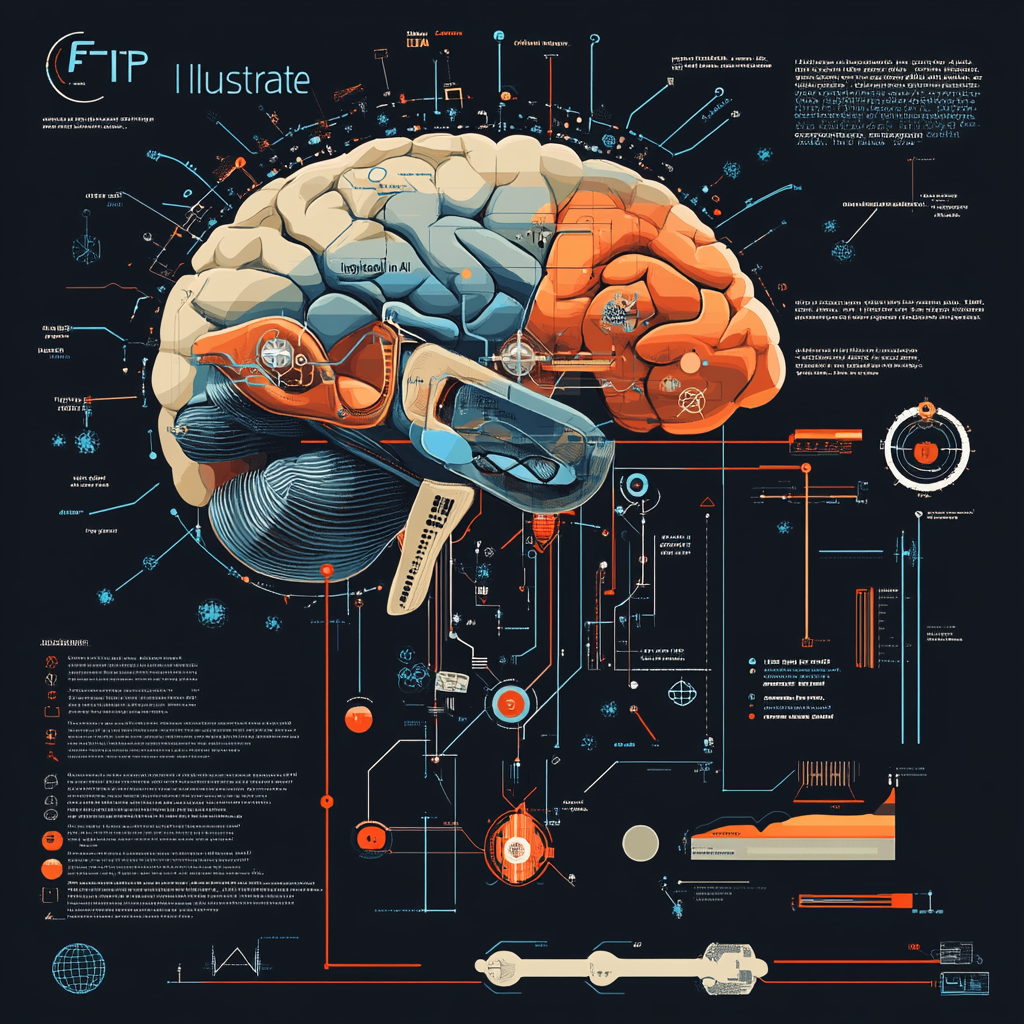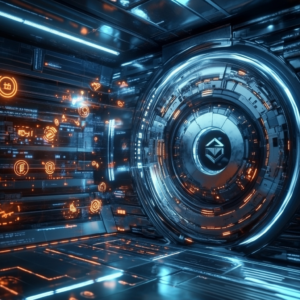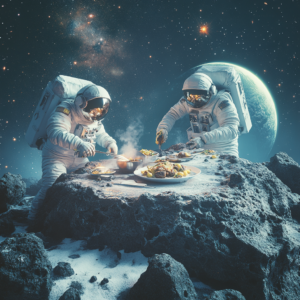
“Algorithm Inspired by Brain Enhances Neural Network Memory Retention”
Let’s dive into the intricacies of catastrophic forgetting in artificial neural networks, a perplexing problem that threatens the brains of machines in ways that echo the layers of a magical onion—by which, I mean, peeling back the layers will expose the tears brought on by confusion and frustration.
You see, catastrophic forgetting occurs when an artificial neural network, which is meant to learn and adapt, suddenly acts like a sieve, discarding precious knowledge after being trained on new tasks. Picture a self-driving car—our mechanical marvel—suddenly forgetting how to navigate a roundabout after its software gets a shiny update for recognizing new traffic signs. Whoops! Or think about an online retail recommendation system that, after mastering the art of suggesting colorful socks, completely forgets your love for fondue sets. It’s a frightful reality that puts the limits of machine learning and artificial intelligence on full display.
This dilemma of losing past knowledge in exchange for new skills is known as the sensitivity-stability or stability-plasticity dilemma. It’s a fine dance in which neural networks must be nimble enough to learn something fresh while holding on to the wisdom they've already accrued. They must navigate this balancing act, but more often than not, they wobble off the tightrope and plummet into the abyss of lost data. The mathematical weights and parameters that once held the keys to understanding get overridden, and poof! They vanish like a magician’s assistant.
Let’s break down the implications of this mishap in the real world. Imagine you’re an investor in a self-driving car company, only to discover that after updates, your car now thrives in learning to recognize kangaroo crossings but forgets all about avoiding pedestrians. Do you know how frustrating that must be? A nightmare worthy of a sci-fi film where the robots betray you—no thanks!
But there’s hope, dear reader. Our wondrous biological brains provide a glimmer of inspiration. Humans and other animals have the incredible ability to learn new skills without a complete memory wipe. Learning to juggle flaming torches doesn’t erase the knowledge of how to tie your shoelaces. We’ve got this unique flexibility thanks to the rich tapestry of connections within our neurons. In fact, innovative brains at Caltech have taken cues from nature to tackle this very problem head-on, and they’ve called forth the Functionally Invariant Path (FIP) algorithm. You could say it’s the superhero of this tale.
The FIP algorithm is nothing short of revolutionary—crafted by Matt Thomson and his team, it harnesses the powers of differential geometry to modify neural networks in such a way that they can learn continuously, all the while retaining that precious knowledge acquired along the way. Think of it as giving neural networks a superpower: the ability to add new skills without neglecting the past.
Let’s delve into some of the key features of this flashy algorithm. Firstly, it propels neural networks into the realm of continuous learning. Imagine a world where your AI can grow and adapt endlessly, intuitively tuning itself to present circumstances without having to forget what it learned yesterday. Secondly, thanks to differential geometry, these neural networks don’t just learn—they evolve, all while holding onto old tricks like a magician’s handkerchief.
But the FIP algorithm isn’t alone on this heroic journey. Other strategies exist, like Elastic Weight Consolidation (EWC), which is akin to wrapping certain memories in cotton wool so they remain fluffy and intact despite the chaos of new data. EWC treats particular weights in neural networks with care, making them less prone to change. It’s been praised for its effectiveness across various tasks, including Atari games (yes, our beloved classic arcade games).
Then we have Generative Replay and the adorable concept of pseudo-rehearsal. Picture this: a network uses generative models to generate pseudo-data, which captures the essence of previous knowledge. It cleverly interweaves this pseudo-data with new information, helping it retain its memory—like throwing a life raft to a drowning swimmer. Generative replay is proving remarkably efficient in preventing catastrophic forgetting, allowing our neural networks to stay afloat amid the stormy sea of new tasks.
Let’s not overlook the elegance of system-level consolidation or dual memory architectures. Inspired by the hungry, curious hippocampus and the diligent neocortex in our brains, these approaches help facilitate the consolidation of long-term memory and stave off the horrors of catastrophic forgetting. It’s like having a hard drive and a cloud backup for your memory, ensuring that you won’t lose that sweet anecdote about your childhood dog.
These promising developments do not simply represent academic triumphs; they carry a train of implications that could thrust us further along the path towards artificial general intelligence (AGI). Imagine a world where machines learn continually without the fear of forgetting their past experiences. The potential applications could ripple through every facet of human life—improving self-driving cars, fine-tuning recommendation engines, and crafting tailor-made experiences.
In closing, let’s reflect on the advancements represented by the FIP algorithm and its friends, EWC, generative replay, and dual memory architectures. We’re entering a new era of artificial intelligence that draws inspiration from the enigmatic and versatile human brain. It’s a world where machines learn just as we do, creating a synergy between man and machine that feels almost magical.
Now, if you’re hungry for more tantalizing news about the realm of neural networks and the captivating world of automation, there’s no reason to hold back. Take that leap of discovery; subscribe to our Telegram channel: @channel_neirotoken. The future beckons with a promise, and it’s bursting with innovative greatness.
As we ride the wave of progress, let’s delight in the knowledge that, like the human brain, the potential for machines to learn, adapt, and grow without sacrificing past wisdom is indeed a wonderful journey still unfolding. Join the adventure, and let’s pave the way for the next extraordinary chapter in the story of intelligence—both artificial and human.

